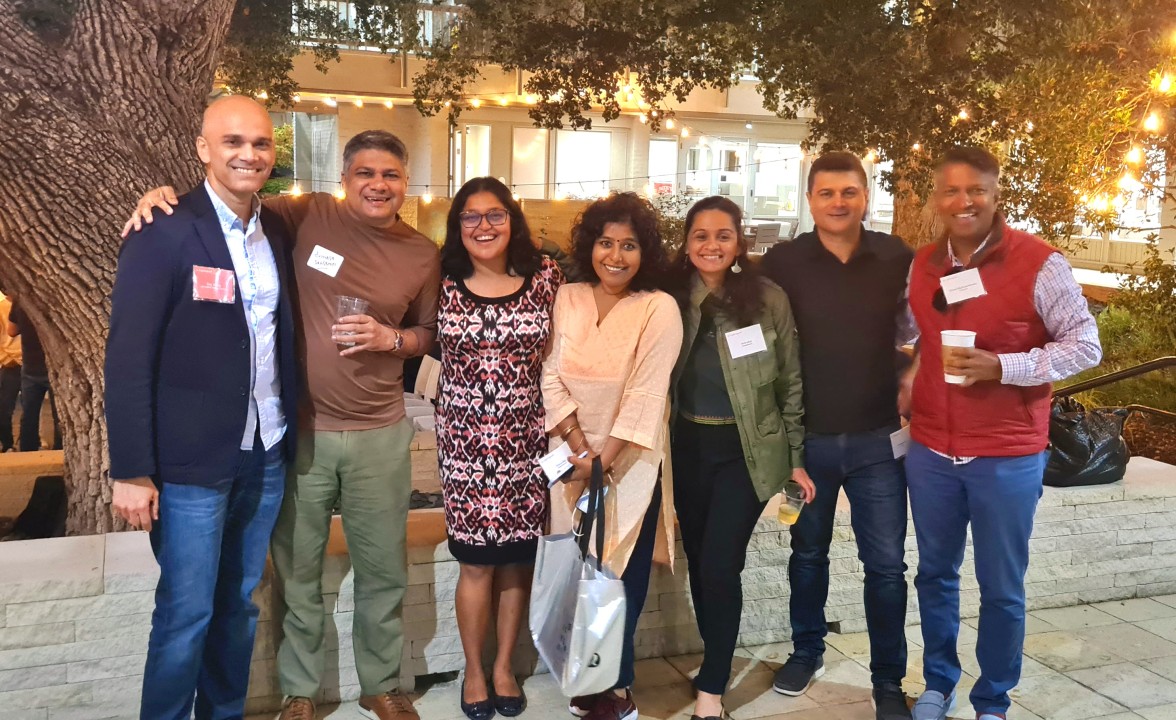Top 10 learnings for founders from Lightspeed India’s GTM Social in Menlo Park
Founders are on the move. Especially those building software-as-a-service (SaaS) companies. Over the years, we’ve seen several SaaS ideas take root and grow into large, valuable businesses. And we find that the one area all founders want to understand better is their go-to-market strategy.
At Lightspeed India’s Enterprise GTM social in Menlo Park, in partnership with SaaSBOOMi, we sat down with four senior executives who brought insights and real-life learnings from their GTM journey in the US. The audience of 75 founders asked some intense questions, provoking a good debate!
In a freewheeling chat with Rohit Choudhary, CEO, Acceldata; Mike McQuaid, chief revenue officer, Acceldata; Sandeep Gupta, co-founder and chief operating officer, Innovaccer; and David Nace, chief medical officer at Innovaccer, spoke with me about constructing and scaling a GTM strategy in the US and what traps founders should avoid.
Here are my ten quick takeaways from the session. (opinions expressed here are from the panelists):
1/ Figure out your God particle
As an early-stage company, have you nailed your core proposition? Under what conditions is your company indestructible? Spend time identifying these. Everything else follows — your ideal customer profile, who needs your product and when, and your eventual business model and GTM.
2/ Show up and look sharp
When talking to customers, show up in that suit, and make a great first impression. Look good. Prepare in advance, don’t wing it. Do your research about everyone you will present your idea to. Rehearse who will say what, and to whom. Deliver a 10/10, leaving no room for error.
3/ Reframing
Find sales executives who can extract the knowledge of pain from the prospect. Someone who can listen to the customer and understand their problems. And can then align your product or offering as a solution to these issues.
4/ Access to power
Identify the people who have the power to decide in a customer’s management hierarchy. Pitch to them; steer clear of those who are purely execution-oriented who will eat into your time and resources, but are much less likely to deliver results for you (i.e. purchase orders).
5/ Above or below the line
There are two kinds of customer folks when you talk about access to power:
- Above the line: They think of and are strategically responsible for what the customer needs today to drive the business forward over the next 3-5 years eg CTO, CIO, CEO, VP Sales Enablement, CRO etc.
- Below the line: People who are executing today to deliver what the people above line need eg Directors or Managers
6/ Stay away from the IT hamster wheel
The below-the-line people make it look like they mean business, but they have less power to make decisions. They’ll take your calls, ask for a PoC, ask for more features, look at a demo, etc. but less predictably make a purchase decision. They keep you busy, going round and round in circles.
7/ Avoid “happy ears”
Don’t fool yourself into hearing what you want to hear from prospects. Cut through the BS and be clear-eyed about the reality. “Build x more features and we will give you business”. It sounds great to an early-stage founder, but sucks them into cycles of building without resulting in a purchase order.
8/ Free or paid pilots
The decision around your proof of concept is a strategic one.
- Free PoC makes sense only if you gain access to power, or the person writing the check.
- Paid PoC shows the difference between serious and non-serious customers.
Choose your first customers wisely.
9/ Find the right person at the right stage
There is no secret mantra that will help you land the right salesperson in the first go. The skillset you require at each stage of growth will be different. Your early team is important, but it may not be equipped to help you scale. Know when you need different expertise.
10/ Meet customers
There is no substitute for in-person meetings. Make the effort and set up time. Meet those customers. It accelerates the path to product-market fit and helps you put your funding dollars to the best possible use.
There really is no one-size-fits-all solution for building a GTM strategy. However, there are some large strategies that are common across the board. Founders who have moved, or are thinking of moving to the US, may find these points useful as they navigate their way to creating an enduring SaaS company.
We go deeper into this and other cross-border strategies on our founder-focussed platform: Limitless.
Thanks to the SaaSBoomi team for partnering with Lightspeed. Our special thanks to Avinash Raghava, Priya Ramachandran, Vinod Muthukrishnan, Malavika Velayanikal, Amrutha Jalihal, Avinash Harsh for making this possible.
Authors




